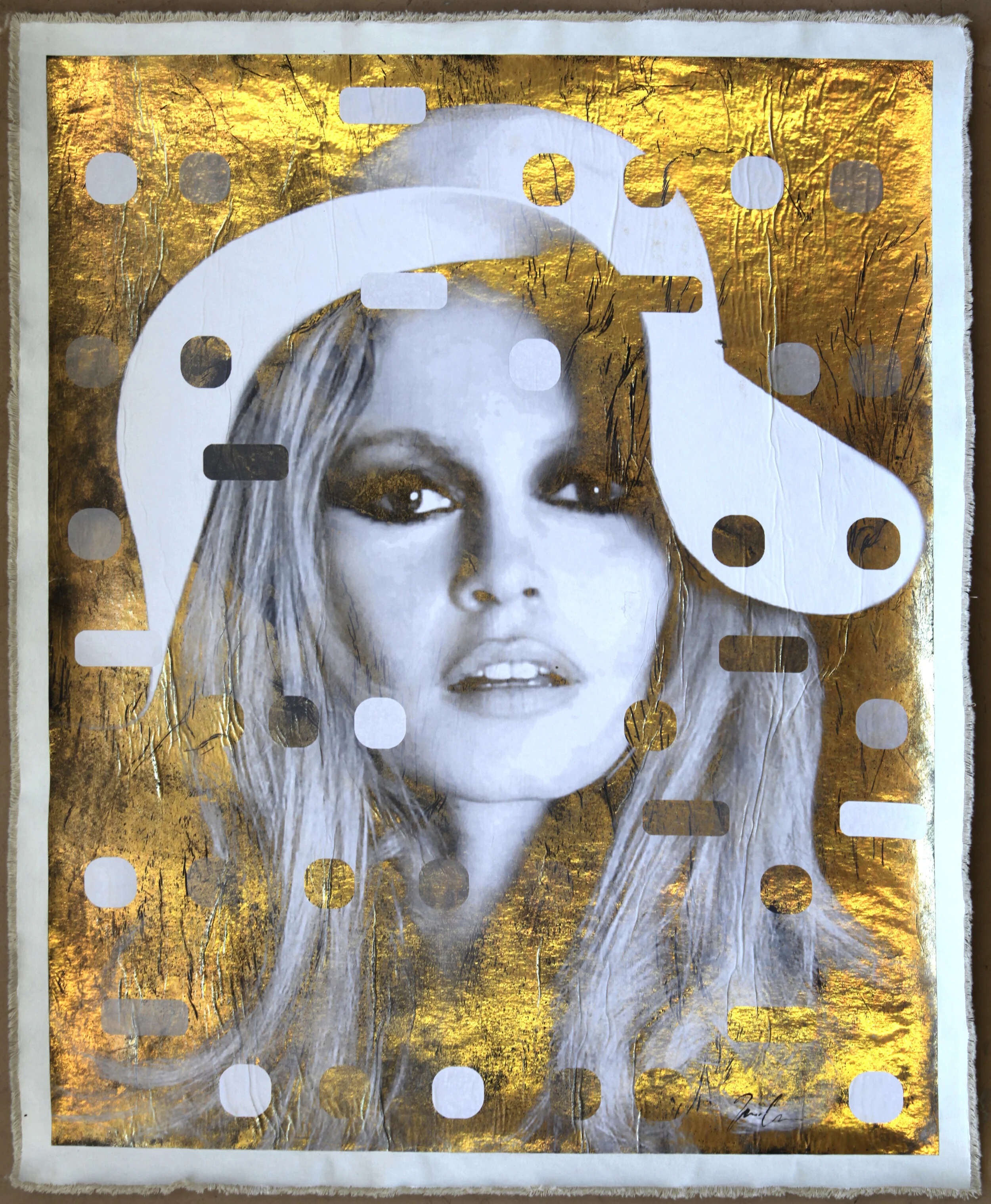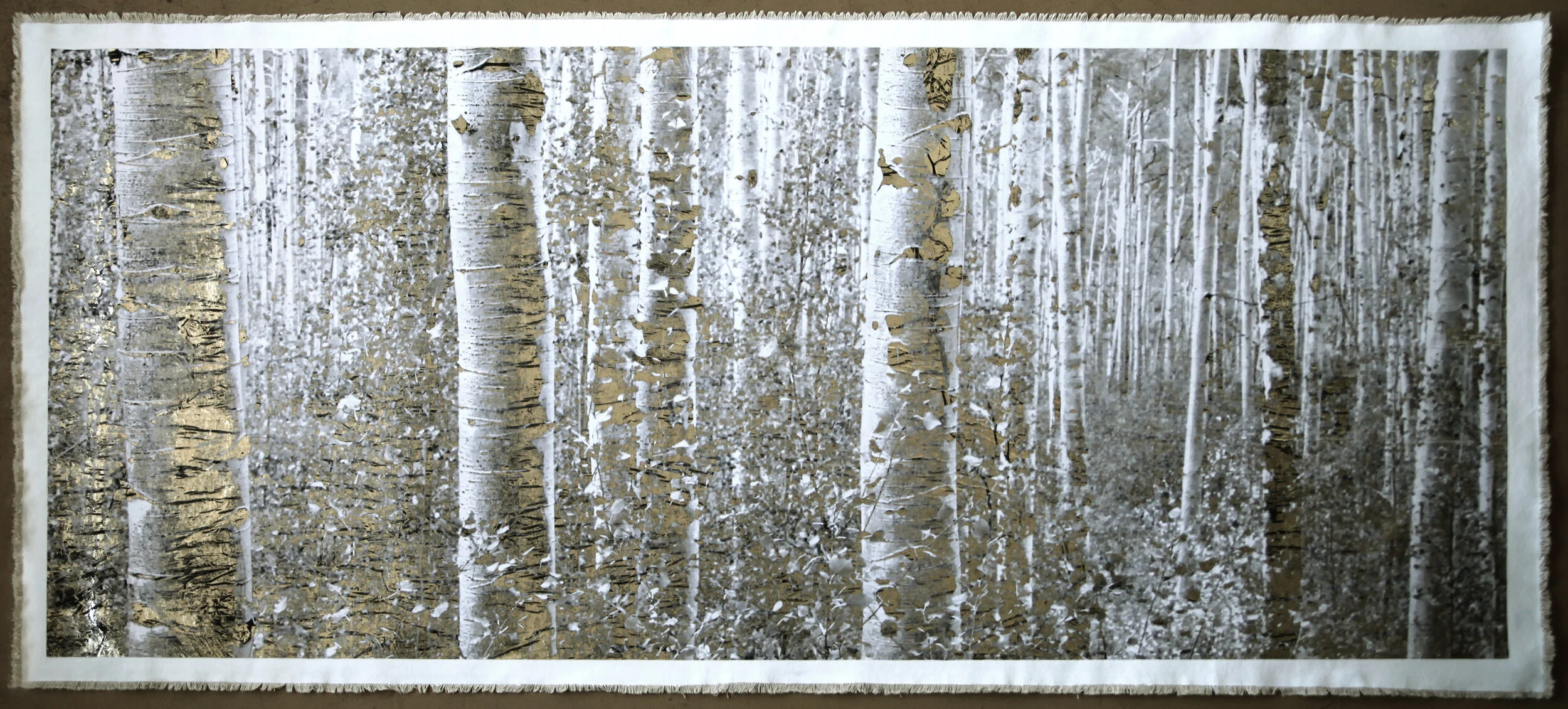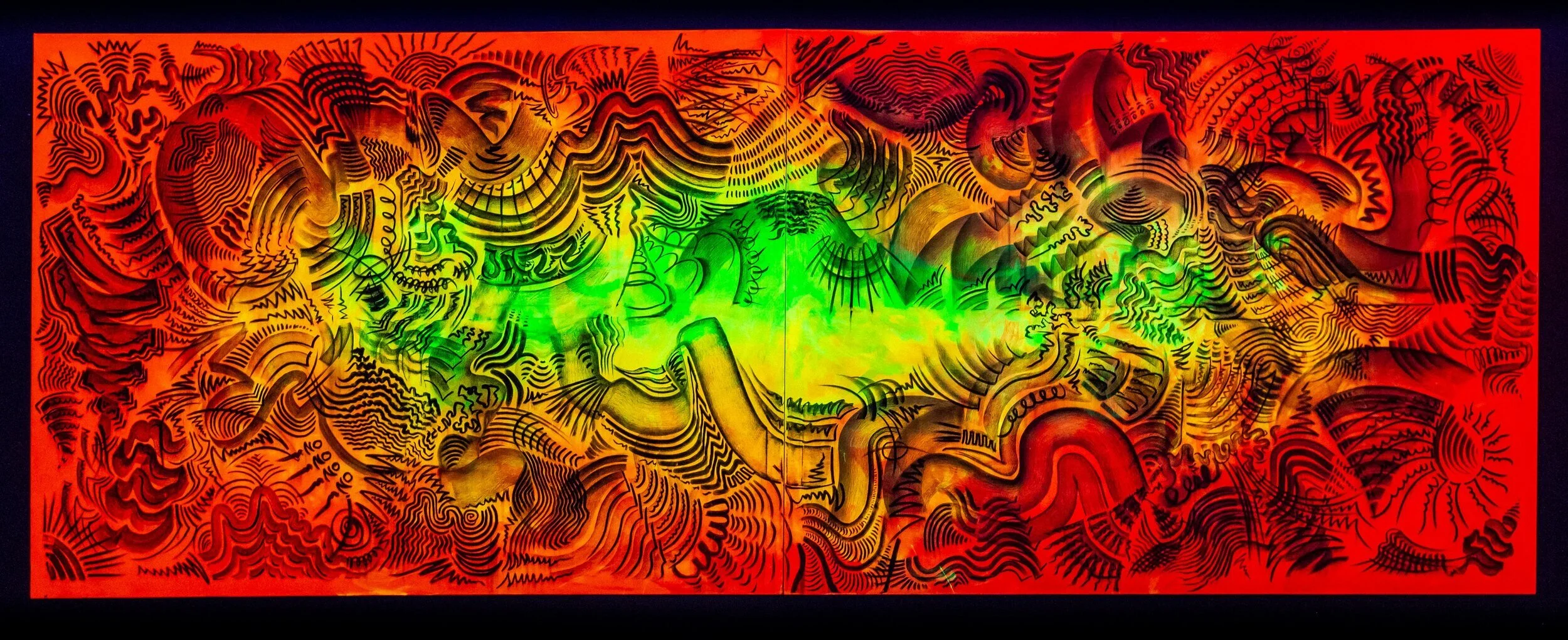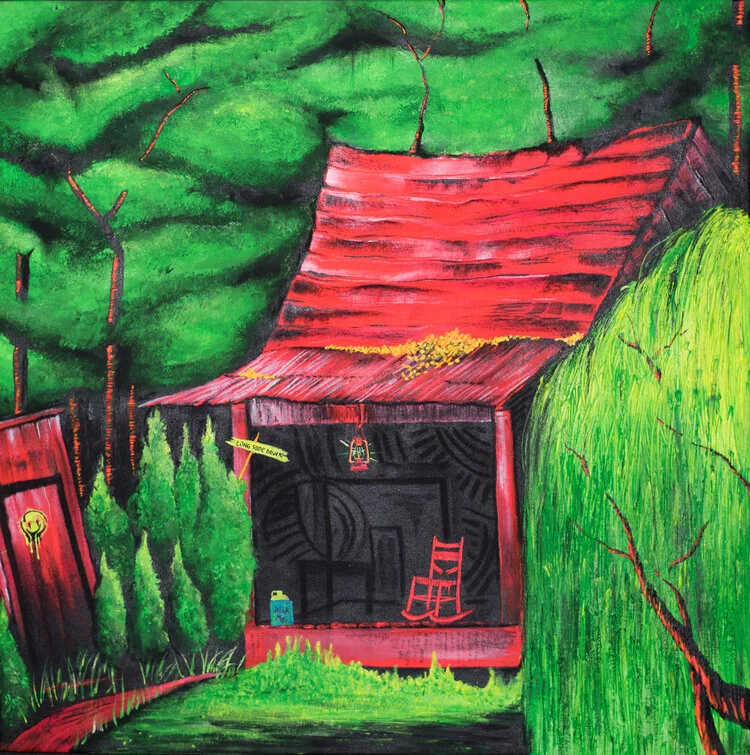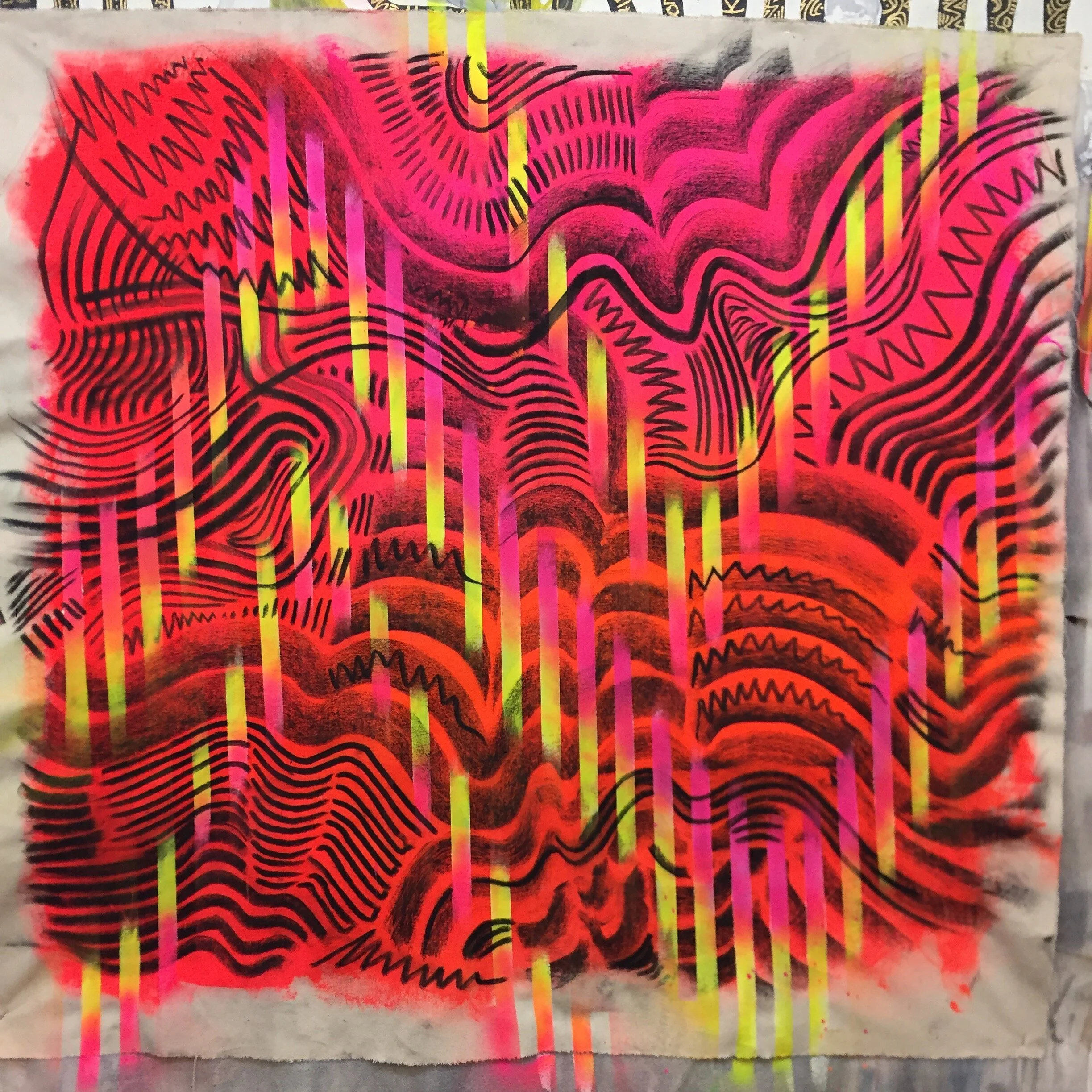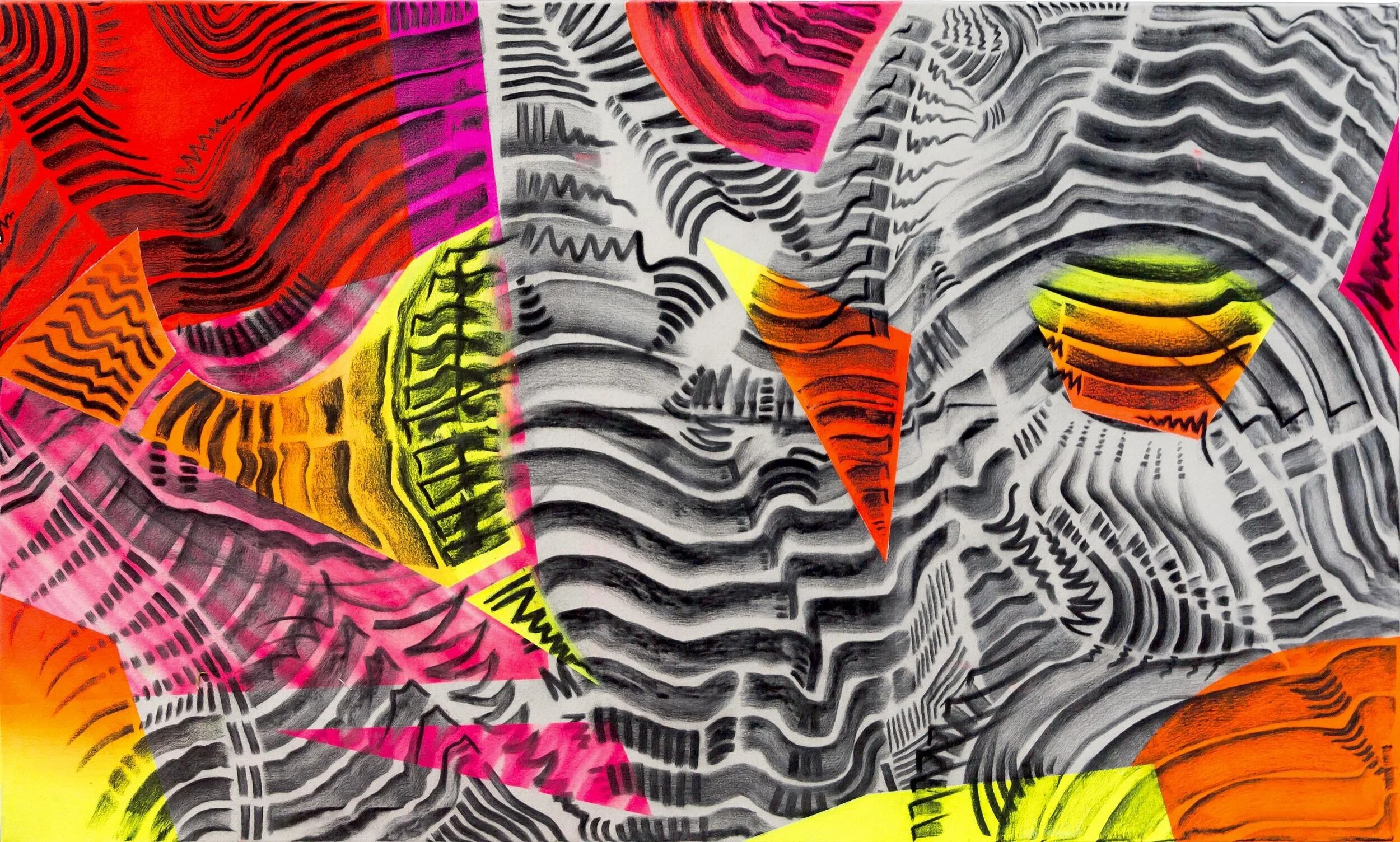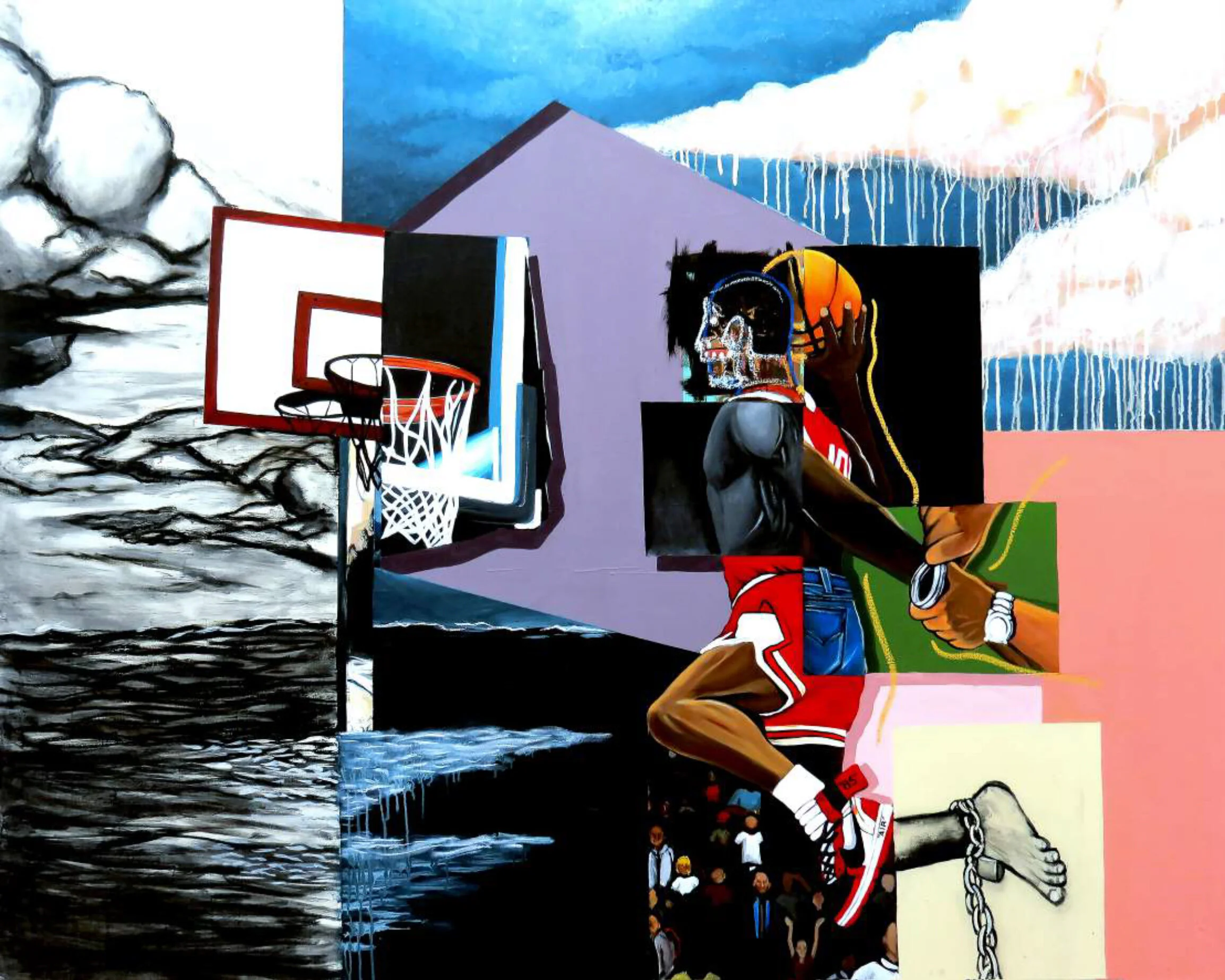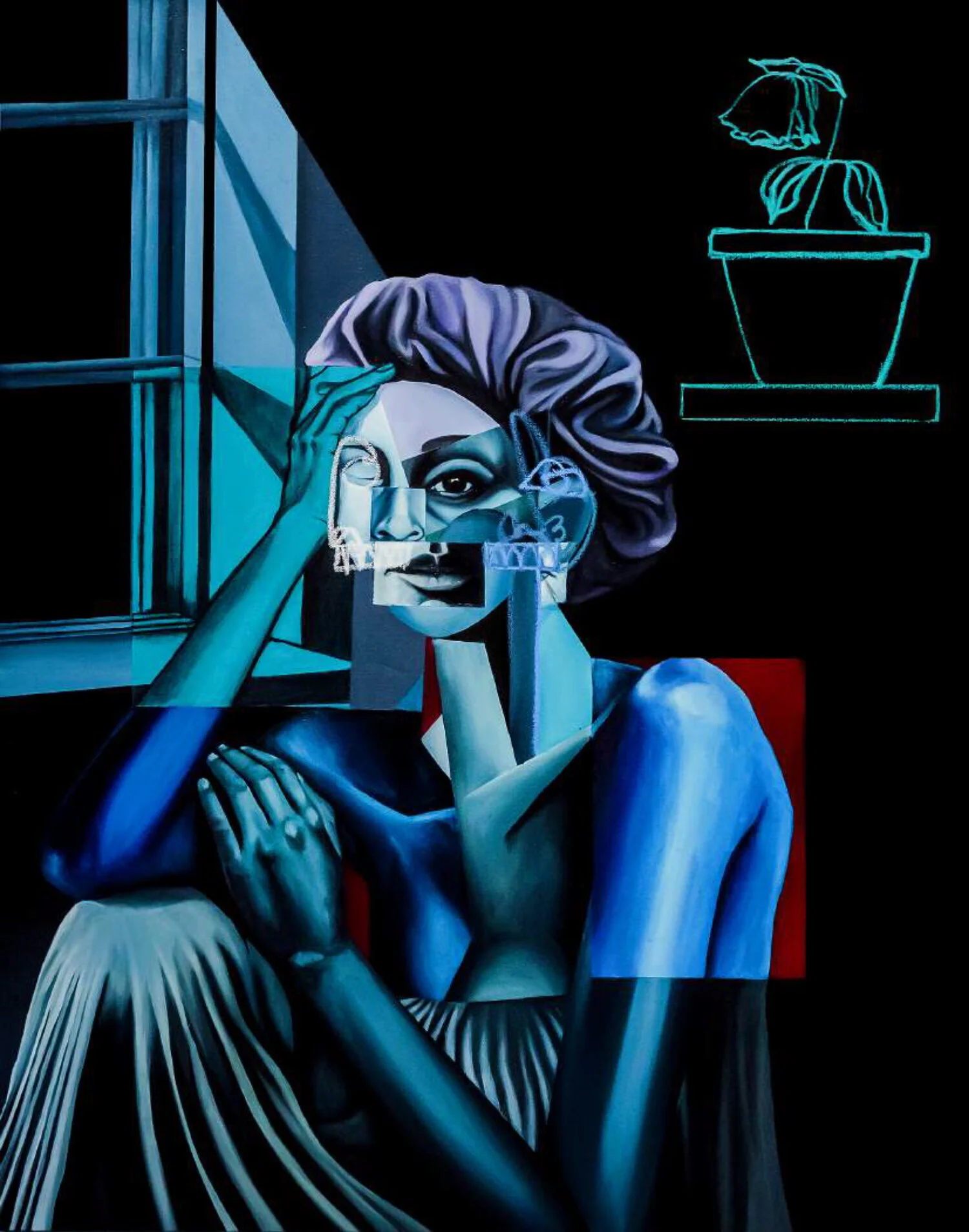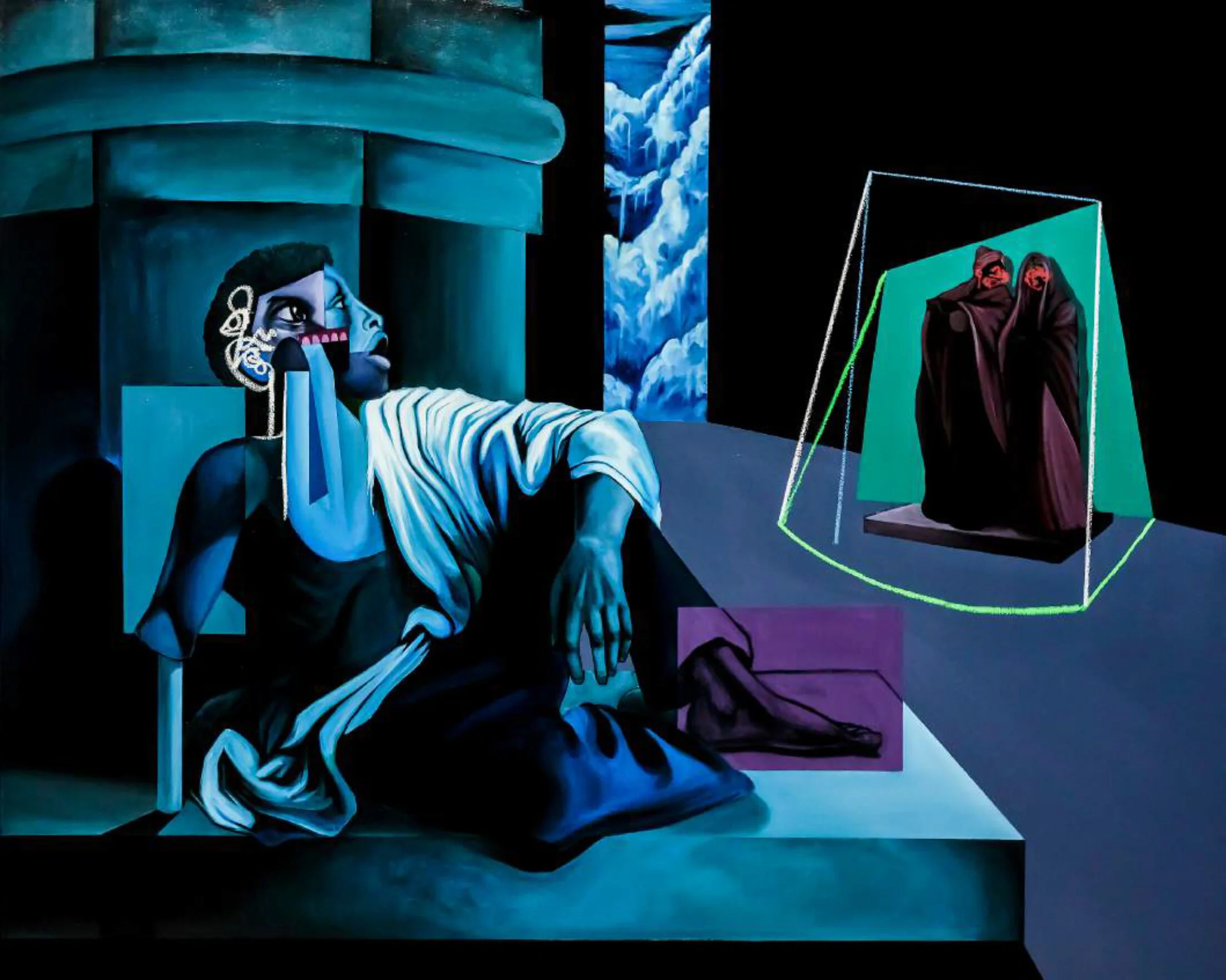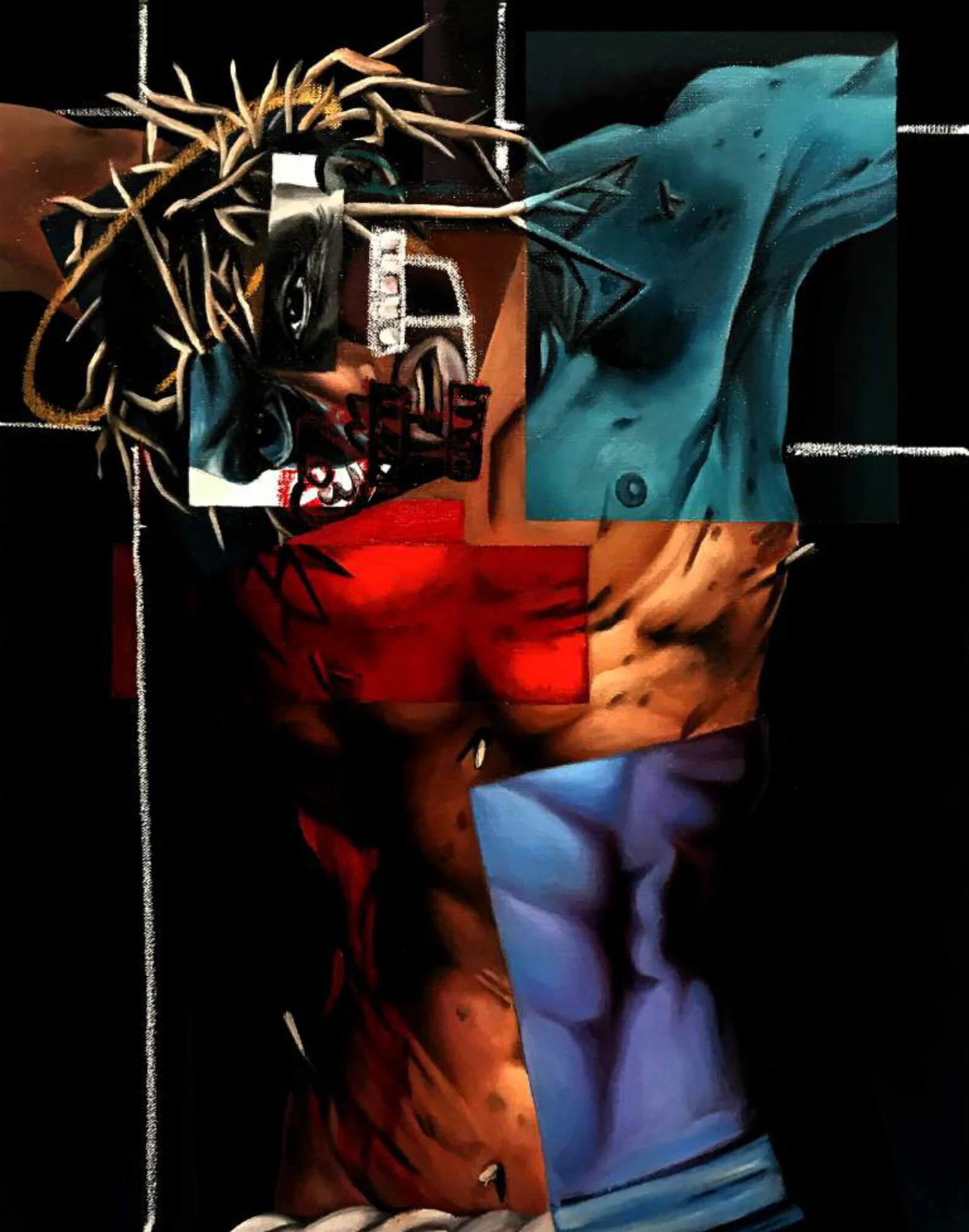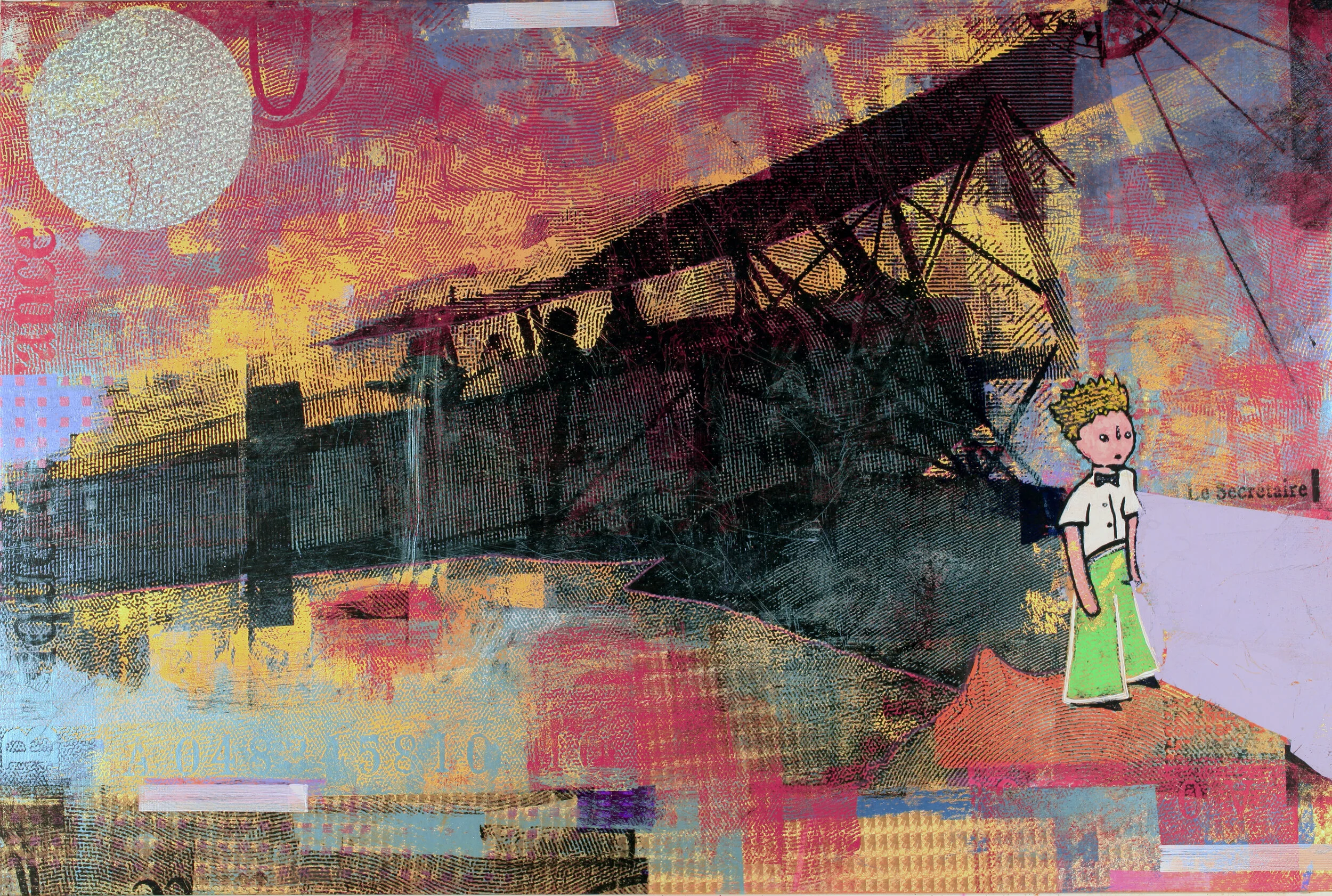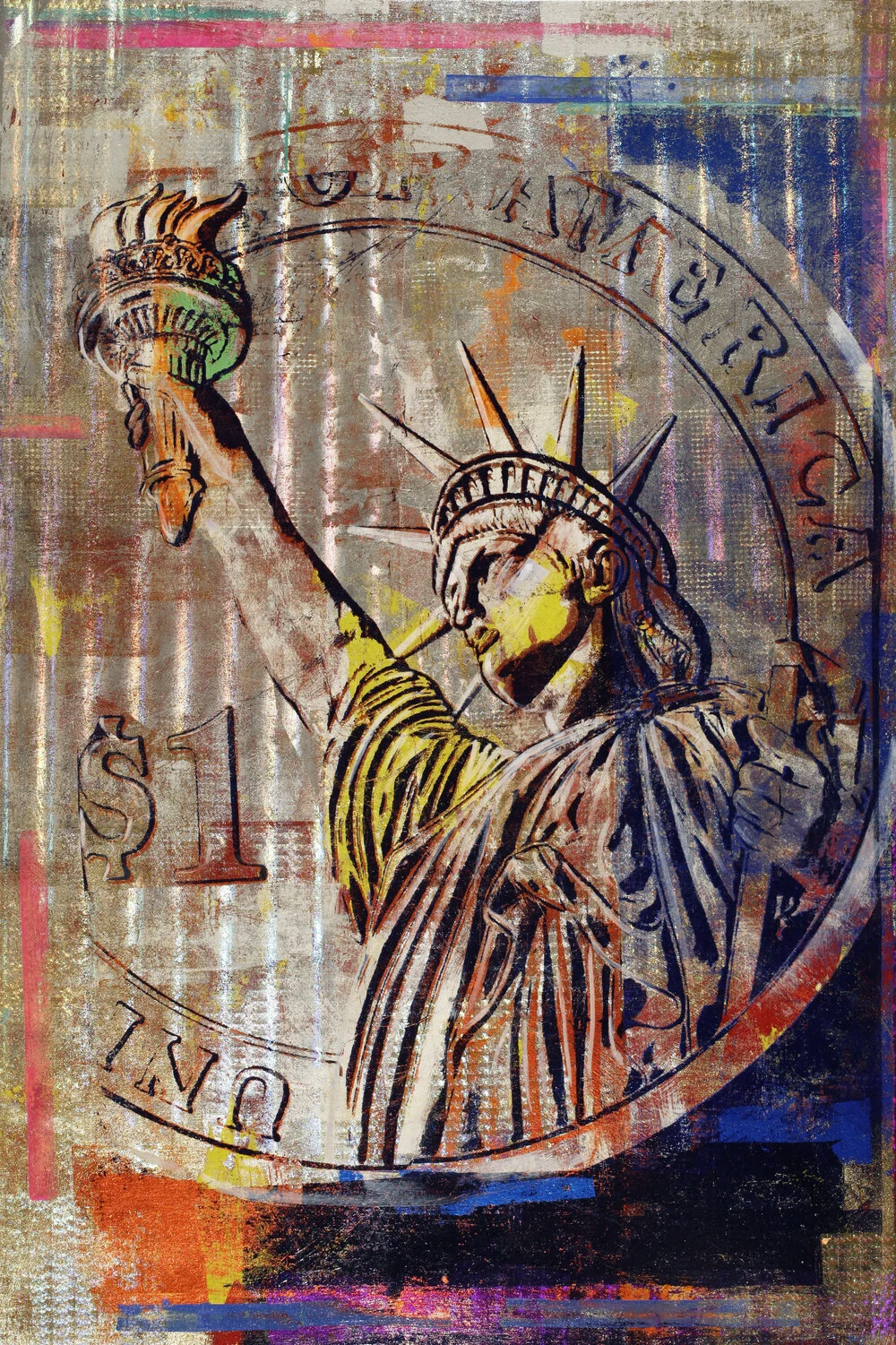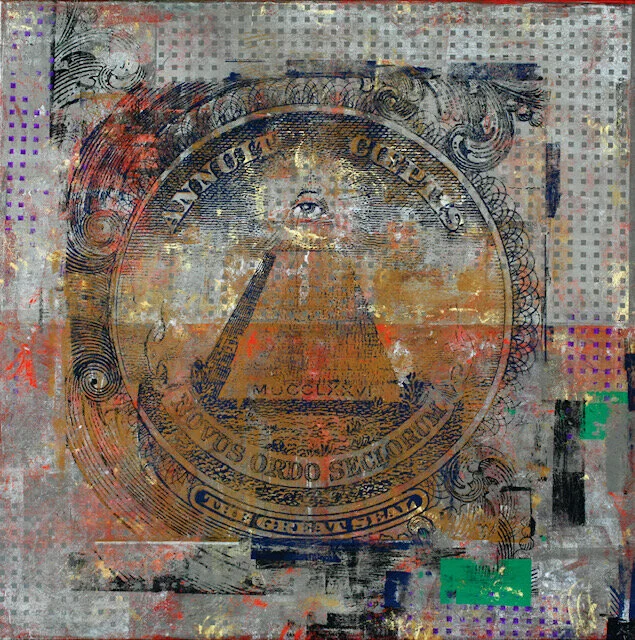The Art World Provocateur,-Alfredo Martinez
Alfredo Martinez is a New York City-based artist who served time in the US federal prison for forging and selling Basquiat drawings to prominent collectors. He was also detained and later deported from China by local authorities.
Alfredo Martinez is a New York City-based artist who served time in the US federal prison for forging and selling Basquiat drawings to prominent collectors. He was also detained and later deported from China by local authorities.
INTERVIEW WITH ARTIST ALFREDO MARTINEZ
ARTIST ALFREDO MARTINEZ (on the right)
LES COULEURS: Where were you born?
ALFREDO MARTINEZ: I was born and raised in New York.
LC: Tell us more about your experience in China?
AM: Well, the art scene there expanded very rapidly and out of the blue. It’s like a phenomenon of seeing rain in the desert, and afterwards,- witnessing green all of the sudden. So I think Chinese government freaked out a little bit. I lived in China 2003-2009. When I came out of a prison in US, I felt like I was running for a mayor,- too much attention. I was used to being anonymous and I missed being anonymous! So when I went to China, I was anonymous once again.
LC: How did you end up getting in trouble in China?
AM: All my friends were wondering how long it will take me to get in trouble with the police. In China, I kept doing all the same things I was doing in New York, including the shows. I organized an art exhibition in an airplane hangar size building. It would take half an hour to go from one side to the other, we had around 100 artists participating.
Funny, my friends were curating a show for a foundation with only western artists participating and guess what,- nobody came to the opening. There were no Chinese artists, therefore,- no interest. Naturally all the westerners were very upset, so I found a place to re-curate the show, because I believed that the show was good,- but this time I included Chinese artists as well and it finally turned out to be a great success!
LC: How did you like living in China?
AM: Oh, I loved China! I lived in Beijing. It felt very much like New York. It was open 24h a day. There were bars open all night long, there was no last call,-bars would just stay open for as long as there were customers.
I would argue with censors a lot about art exhibitions. I would tell them,- if you sensor us,- you’ll end up costing us money, it will hurt the sales,- we are trying to get the western press. Then the penny would drop and the Chinese would say,- we don’t want to do that! I tried explaining it to them,- censor but in a subtle way, let them go to the edge, and make China look liberal too. Chinese as you know,- censor themselves.
Chinese government didn’t really have a problem with the art they were making, they had a problem with the power they were gaining. It reminded me when I was a kid. When you are a little poor kid, the main thing is how are you going to make money, what’s your hustle? When I was 13, my family moved to Pennsylvania, they didn’t want me to be hanging in the “punk scene”. What I learned in Pennsylvania is that you can buy crystals by the pound and re-sell in New York City for outrageous amounts of money. So I was basically liberated, making 300-400$ a week gave me a lot of freedom. When you have your own money, no authority can control you. So that’s the same thing that happened with Chinese artists, all of the sudden they became very powerful. It costed nothing to make art, materials and space was very cheap and they sold art for thousands of dollars. Ai Weiwei was a special case, but there were others too.
Gao brothers for example, they made a controversial toy of Chairman Mao. Every famous Chinese artist would end up venturing into other areas and businesses, like opening their own restaurants, etc.,
LC: Did u get a chance to meet Ai Weiwei ?
AM: He was trying to hire a western assistant, since Chinese ones would be scared away, so I did go meet with him. In China, the art world is kind of open, if you really want to meet someone, you can!
LC: Was there a specific incident that caused your inprisonment in China?
AM: I think they were just investigating me. They were curious who’s that guy who come to visit Ai Weiwei, because just a week later when I was in the internet cafe, drawing stuff, I got a tap on a shoulder. Five foot tall SWAT guy, dressed in black, asked me to come with him. Later on at the precinct, another officer dressed in black, wearing gold glasses and holding a gold pen, asked me to recognize several people in the photos, they were all Chinese. So I decided to crack some sarcastic jokes,- worst decision of my life. They did not appreciate my jokes… well they were not exactly torturing me, but putting me in so called stress positions until I would collapse. I was there detained for 2 weeks or so.
Some of my friends were very concerned that I was missing. One friend who found out that I was picked up from internet cafe was very connected locally and made some calls to the right people. Shortly after they brought me to a regular prison, then one Chinese guard asked me how much it would cost me to get home. I thought to myself, - I don’t even know where I am! The interesting thing is that regular police and special police don’t like each other.
After I was released I got deported, they flew me home in business class.
LC: Where does your fascination with guns come from?
AM: Me being immature… kids usually start by drawing guns, army men, later move onto drawing the naked girls, but I got stuck in that phase of guns. I could say that I have some big intellectual reason but I won’t… I do it because I like it.
LC: What themes do you pursue?
AM: Anything with technology, robots. Socially,- I am also a notorious troll online, if I see people posting about horoscopes,- it drives me crazy, I think those people should not be allowed to use electricity hahaaa!
ALFREDO MARTINEZ WITH AURA COPELAND
LC: Your favorite book?
AM: Any book by Yukio Mishima.
LC: What do you dislike about the art world?
AM: What I dislike about the art world is that it is not taken seriously by the rest of the community, but then somebody duct tapes a banana to a wall!
LC: What is your greatest indulgence in life?
AM: My greatest indulgence is playing video games.
WORK BY ALFREDO MARTINEZ
LC: If you could work within a past art movement, which would it be?
AM: It would be fun to go back in time and pull pranks with the situationists or play with the coyote with Joseph Beuys.
WORK BY ALFREDO MARTINEZ
The Eyes that Speak a Thousand Words
“The circle and the drip are my trade marks. It’s something that just came about over time and I stuck with it. I did it so the focus of my subjects would be their eyes. The eyes of a person can speak a thousand words.” -Dain.
“The circle and the drip are my trade marks. It’s something that just came about over time and I stuck with it. I did it so the focus of my subjects would be their eyes. The eyes of a person can speak a thousand words.” -Dain.
INTERVIEW WITH DAIN
Artist DAIN
LES COULEURS: What’s your background?
DAIN: I was born in Coney Island, grew up in Flatbush projects. I began doing graffiti when I was just 9 years old with my brother, and some friends. It was my first exposure to art, but at the time I was just having fun. Later on, I opened up a small clothing shop in which I did silkscreen prints on vintage clothing. That brought me back to street art scene, but with posters. It eventually led me into working on wood and canvas. My first gallery showing in New York was in 2007.
LC: Which artist of the past would you most like to meet?
DAIN: I have never been eager to meet other people... I grew up watching Bob Ross as a kid. He seemed like a very humble man, it would be cool to meet him. If you grew up in the 80’s,- Bob was in every home.
LC: How would you define beauty in 140 characters or less?
DAIN: I see beauty in almost everything... It’s seeing the best in people, it’s compassion and love for others. It’s something much deeper than the outside appearance. Although too many people focus only on that, sadly. Beauty is in the soul, it’s the spirit of a person.
DAIN
from artist’s archives
LC: You always circle one eye on all your images of women. Why?
DAIN: The circle and the drip are my trade marks… It’s something that just came about over time and I stuck with it. I did it, so that the focus of my subjects would be their eyes. The eyes of a person can speak a thousand words.
LC: Was there a pivotal moment when you decided to follow your path as an artist?
DAIN: Yes. I was doing art, but also working a 9 to 5 job for years. I have a family, so it was scary to leave it and dive full time into art. I eventally took the dive about 7 years ago and it was the best thing I've ever done. It’s really almost impossible to be sucessful unless you are committed 100 percent to something.
LC: What role does the artist have in the society?
DAIN: Honestly I am not really sure… I don't get involved in political issues or current events. I like to create works that simply make people smile.
DAIN
from artist’s archives
LC: If you could live with just one work of art, what would it be?
DAIN: Maybe a Basquiat piece.
LC: What do you dislike about the art world?
DAIN: Amazing artists and amazing talents that you will never hear of...
LC: What themes do you pursue?
DAIN: My work involves old, torn up street posters. I like the idea of beauty, created out of something that others might see as worthless.
LC: Can you tell us about the process of making your work?
DAIN: Im a collage guy, so I love scraps that I find in the streets. I combine that with large images along with bright spray paint colors.
DAIN
from artist’s archives
Nostalgic Overlapping of Images, Memories and Family History
Nicolas Sanchez explores his bi-cultural origins, beautifully blends his family's rural Mexican history with American Midwest by creating layered narratives that are expressed through both imagery and process.
Nicolas Sanchez explores his bi-cultural origins, beautifully blends his nostalgia for rural Mexico with American Midwest by creating layered narratives that are expressed through both imagery and the process.
INTERVIEW WITH NICOLAS SANCHEZ
Artist NICOLAS SANCHEZ
LES COULEURS: What's your earliest memory of picking up a paintbrush?
NICOLAS SANCHEZ: My father taught me how to draw when I was really young. He taught my older brother and me how to draw and then my younger brother learned to draw just by watching us. My dad bought us sketchbooks to doddle in while in the backseat driving on our way to the grocery store. It kept us from wrestling and so we didn't distract our dad from driving haha.
LC: What role does the artist have in society?
NS: People create for a big variety of purposes. They find inspiration in the world and create art because of it. Some people create art and then society adopts it for their own purposes that the creator may or may have not intended their work to be used for. I make work for myself first and foremost. I make work about my culture, my family’s history, and the multiple realities that I observe.
LC: What themes do you pursue?
NS: I explore the concept of inheritance in my work. I explore the identity that is simultaneously lost and gained through preserving a legacy. Extracting from my bi-cultural experiences growing up, I depict my family's rural Mexican history and the American Midwest to create layered narratives that are expressed through both imagery and process. Overlapping imagery such as old family photos of distant relatives and rural animals, for me, activates a personal sense of uncertainty yet familiarity of space.
NICOLAS SANCHEZ
From the artist’s archives
LC: What are you working on now?
NS: I currently have a solo exhibition on view at the Sugarlift Gallery in Chelsea in New York City of charcoal drawings. The show is called CHARCOAL, as I wanted this exhibition to focus on the medium. The subject continues to include aspects from my family history and culture, but front in center is the medium and all of its boundless qualities,- charcoal. It's on view until April 17th. Directly next door to this exhibition is the biggest painting I have ever made to date,- 20ft long artwork featuring brightly colored Folklorico Ballet dancers titled, ‘Folklorico de Guerrero’ also on view through the summer.
LC: Can you tell us about the process of making your work?
NS: It's important for me to have an elastic studio practice. I work in different mediums and approach each piece differently. Even though some of my work may have a similar finish from work to work, I always start and arrive at the final destination differently. In each one of my works, there is something in the process of making each particular drawing or painting that I have never done before. I try to avoid process and style since art is my vehicle for growth and exploration as both a person and an artist.
NICOLAS SANCHEZ
From the artist’s archives
NICOLAS SANCHEZ
From the artist’s archives
NICOLAS SANCHEZ
From the artist’s archives
NICOLAS SANCHEZ
From the artist’s archives
NICOLAS SANCHEZ
From the artist’s archives
Traversing Global Landscapes
New York based artist Bill Claps shares his memories of nomadic ventures across Asia in a search of a perfect landscape. He talks about his love for the Asian esthetic and the profound fascination with the birthplace of kung fu.
New York based artist Bill Claps shares his memories of nomadic ventures across Asia in a search of a perfect landscape. He talks about his love for the Asian esthetic and the profound fascination with the birthplace of kung fu.
INTERVIEW WITH THE ARTIST BILL CLAPS
Artist BILL CLAPS
From the artist’s archives
LES COULEURS: Our mission at Les Couleurs is to inspire, educate, and empower disadvantaged children through arts education. What advice would you give to our very young art students?
BILL CLAPS: Go to museums and art galleries whenever you can to see as much art as you can. And always experiment with new materials and ideas. As an artist, your interests and style will change and evolve as you proceed through life. Always be open to this, and don’t be afraid to make a big jump when it feels right.
LC: As a global artist, your art features China and Japan - what inspired you to choose this direction?
BC: When I was young I was obsessed with martial arts and was very interested in Asian culture. I practiced wrestling and judo, and a little kung fu, and was drawn to the discipline and spiritual element of the practice. After college, I spent a year traveling in Asia. In China, I climbed the Buddhist holy mountain of Emi Shan and visited Shaolin monastery, the birthplace of kung fu. I felt something really special in these mountains and the experience made a huge impression on me.
I love the Asian esthetic: the use of blank space, the graphic nature of the images, and the spiritual content of a lot of the work. I’ve done several series that reference Chinese landscape painting and Japanese woodblock prints.
LC: Is "It's All Derivative Series" about a link to the past? Tell us more.
BC: A lot of my work deals with art history, where I’m commenting on the imagery, motifs, and language used by artists and art writers. The “It’s All Derivative” series is about how as artists we get our ideas and inspiration. The series originally came about as I was thinking about my influences - both in my art and in my life - and I began to realize that as much as we want to compliment ourselves for all the “brilliant” work we’ve done in our lives, nothing we do is original. It’s impossible not to have been influenced by all those who have come before you, and you need to pay homage to that.
In this series, I take images that have been used and recycled by many generations of artists, and I make my version of them, using a unique gold foil technique I developed and combining it with text in Morse code. All the works in the series have “It’s All Derivative” written on them in Morse code.
I like using Morse code, which I’ve used in a couple of art series because it’s a way to make my works more narrative, but in a less literal and more mysterious way that intrigues the viewers and invites them to investigate the work further. Morse code was the first digital code of the information age, but it is no longer used, so it’s both modern, but with a retro aspect to it. This is important to me, particularly with this “It’s All Derivative” series, which comments on art historical ideas. I also like the code’s simple, clean elements, which I can distort and abstract in interesting ways to fit the images in my artworks.
So the series is about searching for the motivation and meaning behind the artistic expression, as well as a questioning of our place in the continuum of art history.
BILL CLAPS
It's All Derivative, Brigitte, Positive, 2017
Mixed Media with Gold on Canvas
26 x 33 in
BILL CLAPS
Morototoni, 2016
Mixed media with gold foil on canvas
LC: About your global connection to Miami - when did you exhibit for the first time, what do you think about the art scene now?
BC: I’ve been coming to Miami for many years for Art Basel week and every year I’m amazed by how much the city has evolved. Construction has been booming and Miami’s become a lot more international, but the art scene still feels pretty local to me. There’s always such great art and energy during Basel week, but I think it’s been hard maintaining that energy and momentum year-round. Some international galleries have opened and closed a few years later because of this. But as more and more artists are moving their studios to Miami that will help drive the momentum.
LC: What are you working on now?
BC: This past year I’ve spent a lot of time in Asia: two exhibitions in China, at the Today Art Museum in Beijing and Art 33 Gallery in Hangzhou, and a two-month artist residency on a rural volcanic island in the south of Japan, called Kyushu. I’m working on a few projects related to these trips. One is the “Four Mountains” project, where I’m climbing and photographing the four Buddhist holy mountains of China to collect source photos for mixed media artworks I will make for an exhibition. I’ve climbed three holy mountains so far and will visit the final mountain the next time I have an exhibition in China, most likely next year.
BILL CLAPS
Majestic Oaks, 2015
Mixed Media on Canvas with Gold Foil
48 x 35 in
BILL CLAPS
Aspen Forest, Maroon Bells, 2017
Mixed media with gold foil on canvas
50 x 33 in
Exploring Black & White State of Mind
This Brooklyn based artist uses color only sometimes, explores the rainbows in-depth, and makes good use of any medium that helps him achieve the kind of visual sounds he is striving for.
This Brooklyn based artist uses color only sometimes, explores the rainbows in-depth, and makes good use of any medium that helps him achieve the kind of visual sounds he is striving for.
INTERVIEW WITH VERNON O'MEALLY by Aura Copeland
Artist VERNON O’MEALLY in his Brooklyn studio
LES COULEURS: You knew you wanted to be an artist at a very young age and you both followed different paths (formal art education versus your creative path). What advice would you give to our very young Les Couleurs arts students?
VERNON O’MEALLY: I always knew I was going to be an artist, the only thing was how to make it happen. I chose graphic design to get myself to NYC as a way to be creative and subsidized my art career until I made work without graphic design. When I first arrived I had freelance clients sleeping on the trains and working nonsense. I chose to pursue my dreams by any means possible. So, my advice is there is no perfect path, just find yours and pursue your dream no matter what. As my good friend JR says: Focus on your Focus!
LC: Your art is contemporary in appeal but you are always striving for museum-quality - or for a very immersive audience experience augmented with technology. Tell us about your technique and the artists that inspired you.
VO: Electric paint,- you run your fingers along with sound to conduct your music, Augmented Really, Music Composition that goes along with each piece, we experiment with whatever fits the show and the idea for that particular concept. My technique is simply using whatever medium it takes to create visual sound, eye music. Some of my biggest art influences are my good friends and fellow artists; Malik Roberts, Corey Wash, Melvin 'Grave' Guzman, Zeehan Wazed. We work with one another, talk shit, drink, party, and work out solutions together. We are a new creative collective and we're making moves right now. In abstract expressionism Mark Bradford and Jack Pollock tops!
LC: Your artwork always surprises. We are very curious - what are you working on now?
VO: Right now I'm working on commissions (murals or painting on canvas), rainbow still lives. Each room is based on the color of the rainbow, and each features a rainbow component. Right now I have 5 completed (RED,- with a rainbow vase, ORANGE,- a cake with rainbow icing and layers, YELLOW,- rainbow sculpture, GREEN,- rainbow bedazzled Juul, and BLUE,- a rainbow porcelain unicorn statue). Next is my Rainbow in the Dark, an abstract expressionist series amidst my art residency in Leipzig, Germany, based on my favorite Psychedelic, jazz, improv band DEEP PURPLE.
VERNON O'MEALLY
Halfway Down the Stairs Theres a Stair Where I Sit, 2018
Acrylic, charcoal, spray paint, and tempera on raw canvas
72 × 192 in
182.9 × 487.7 cm
VERNON O'MEALLY
From the artist’s archives
VERNON O'MEALLY
House of the Rising Sun, 2018
Acrylic, charcoal, spray paint, and tempera on raw canvas
36 × 36 in
91.4 × 91.4 cm
VERNON O'MEALLY
I See Everything With New Beams, 2018
Acrylic, charcoal, spray paint, and tempera on raw canvas
48 × 48 in
121.9 × 121.9 cm
VERNON O'MEALLY
Her Rattling Cough Never Shuts Off, 2018
Acrylic, charcoal, and spray paint on raw canvas
36 × 60 in
91.4 × 152.4 cm
Deconstructing Darkness for the Brave New World
Malik Roberts starts his works with a feeling that leads him to places dark, deep and meaningful. Artist draws his inspiration from Baroque giants and brings it to a contemporary audience in his very own, uniquely deconstructed manner.
Malik Roberts starts his works with a feeling that leads him to places dark, deep and meaningful. Artist draws his inspiration from Baroque giants and brings it to a contemporary audience in his very own, uniquely deconstructed manner.
INTERVIEW WITH THE ARTIST MALIK ROBERTS
Artist MALIK ROBERTS
LES COULEURS: You knew you wanted to be an artist at a very young age and you both followed different paths (formal art education versus your creative path). What advice would you give to our very young Les Couleurs arts students?
MALIK ROBERTS: The advice I would give is to do what your heart and gut tell you to do. Each option comes with hard work and dedication, I just don’t have student loans.
LC: Your art is contemporary in appeal but you are always striving for museum-quality or for a very immersive audience experience augmented with technology. Tell us about your technique and the artists that inspired you.
MR: I usually start with a feeling I’m trying to convey with the piece I am about to start. Then I’ll search for different references to get certain postures or positions and just build on that if I don’t already have an idea on how I want the subject to be placed. Then I deal with colors and composition. I’m mostly inspired by Baroque artists like Caravaggio and Van Dyck right now, but I also look at Picasso and Bacon.
LC: Your artwork always surprises. We are very curious - what are you working on now?
MR: I got a couple of projects in the works, a few shows, and my next major show will be next year around March maybe. It’s going to be beautiful.
MALIK ROBERTS
Hoop Dreams, 2017
Oil, acrylic, charcoal
48 x 60 in
MALIK ROBERTS
Woman by the Window, 2018
Oil, acrylic and pastel on canvas
48 x 36 in
MALIK ROBERTS
It Couldn't Be Unseen, 2018
Oil, acrylic and pastel on canvas
36 x 36 in
MALIK ROBERTS
Hunger Pains, 2018
Oil, acrylic and pastel
48 x 60 in
MALIK ROBERTS
Crucifixion of a Blk Man, 2018
Oil, acrylic and pastel on canvas
18 x 24 in
Houben Paints Money
Through currencies, repetition-loving artist Houben Tcherkelov enters a dialog with different subjects, different eras, and ideologies.
Through currencies, repetition-loving artist Houben Tcherkelov enters a dialog with different subjects, different eras, and ideologies.
INTERVIEW WITH THE ARTIST HOUBEN TCHERKELOV
HOUBEN TCHERKELOV
From the artist’s archives
LES COULEURS: Do you have a favorite photograph or painting, which inspires you?
HOUBEN TCHERKELOV: Yes, I have many, but today I can mention “January” 1989 a painting by Gerhard Richter. Anything by Andy Warhol is great.
LC: Do you receive studio visits?
HT: Yes, I was very busy before the Covid pandemic. Currently, I follow the recommended protocol and see very few people.
LC: Can you tell us about the process of making your work?
HT: The process is complicated and involves several stages before the completion of paintings. Initially, I select an image that comes from currency, next is preparing the canvass with acrylic accordingly. The third,- is heat transfer of the image onto the metallic foil. It requires several transfers to have a satisfactory image. Then is pressing the foil onto the canvas and finishing the painting with acrylic paint. This goes back and forth and is not set in stone principle, involves chances and failures.
HOUBEN TCHERKELOV
From the artist’s archives
HOUBEN TCHERKELOV
From the artist’s archives
LC: What themes do you pursue?
HT: In my works, I borrow images from banknotes.
My paintings are a way to enter a dialogue with different subjects, different eras, and ideologies. Through currencies, many cultures manifest clearly and directly. Sometimes this communication is subtle, but often it is overt. As an artist, I translate and distill images on money into an artistic product that will receive its value and ultimately be moved into an exchange in the same way as the currency. Art and money are similar, in that both rely on trust to communicate, since the intrinsic value of a painting as with a printed bill, is just a fraction of its value.
I use repetition of the same subject to highlight this connection further. From the early icon paintings through the Renaissance, to Pop Art and Superhero movies, repetition is very common through art history and highlights principles of desire, consumption, and commerce. The representation of money stands in for this desire; whereas previous generations of Pop Art reflected the desire for material objects, the depiction of images from currency may represent an evolution in consumption from material goods to net worth.
LC: What do you dislike about the art world?
HT: I don’t like its snobbery . . . I dislike also it that is overly political and not fair at all.
HOUBEN TCHERKELOV
From the artist’s archives
LC: What role does the artist have in society?
HT: Artist must be a mediator, communicator of ideas, and arbiter of taste and educator at the same time.
LC: What exhibitions are you working on or have you participated in?
HT: My solo show “All the Money in the World” just closed in InSian Gallery, Taipei, Taiwan but “Why So Serious?” is still running until the end of March 2021 at the Museum of Humour and Satire in Gabrovo, Bulgaria.
LC: Who are your biggest influences?
HT: Andy Warhol, Jeff Koons and Sigmar Polke.
LC: What’s your background?
HT: I was born in Kardzhali, Bulgaria. Started art lessons at the age of 10. At age 14 I was accepted into a magnet school for gifted painters and later, after graduating from the Academy of Fine Arts in Sofia, Bulgaria I moved to New York to pursue a carrier as an artist. Very straightforward, I didn’t have a choice or hesitation.
LC: What does your work aim to say?
HT: Its mission is in the statics - to stop the flying of time, to talk to the past, and to the future. To not turn into ephemera, unlike the built-in interchangeability of almost everything that surrounds us. In 25 years, artificial intelligence will make many professions redundant, but there will be room for traditional human activity that cannot be multiplied or created by robots.
HOUBEN TCHERKELOV
From the artist’s archives
HOUBEN TCHERKELOV
From the artist’s archives
HOUBEN TCHERKELOV
From the artist’s archives
HOUBEN TCHERKELOV
From the artist’s archives
HOUBEN TCHERKELOV
From the artist’s archives






















